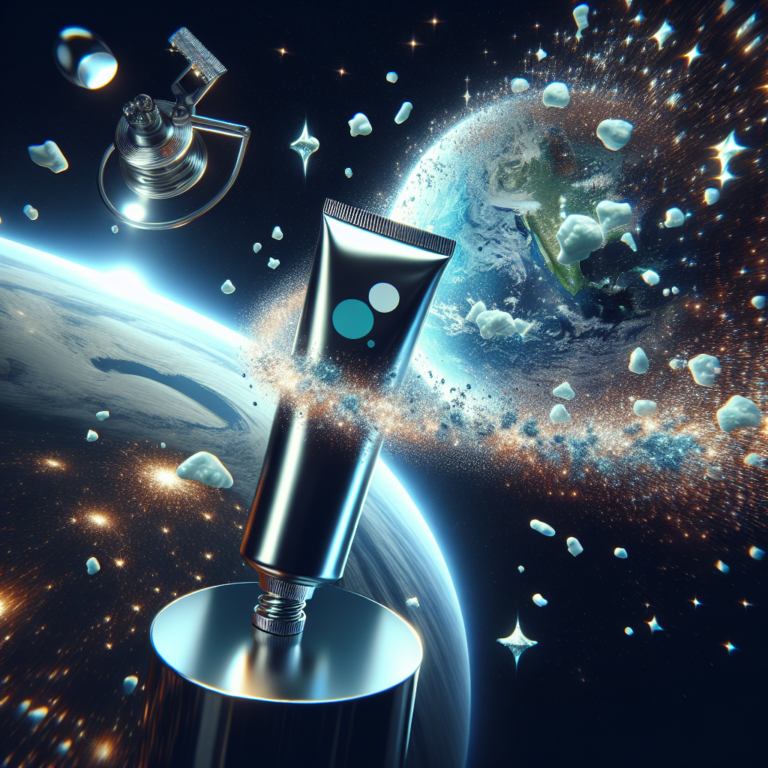The eruption of Mount Vesuvius in 79 C.E. left behind a treasure trove of historical artifacts, including a collection of scrolls that have remained unreadable for centuries due to their delicate condition. These scrolls, discovered in the 18th century, were too fragile to unroll, leaving their secrets seemingly locked away forever. However, a recent breakthrough in artificial intelligence and machine learning has provided scholars and computer scientists with the tools necessary to decipher these ancient documents without causing further damage.
The “Vesuvius Challenge,” a competition with a significant monetary reward, attracted talents like Youssef Nader, a PhD student from the Free University of Berlin. Nader, along with his team, succeeded in making significant progress in reading the scrolls’ contents. Their approach involved intricate 3D scanning at a particle accelerator and the development of sophisticated algorithms capable of virtually unwrapping the scrolls to reveal flat images of their surfaces.
Despite the ink on the scrolls being made of carbon and water, which rendered it invisible to X-ray scans, the team leveraged machine learning techniques to distinguish the ink from the papyrus. This innovative use of technology has not only shed light on the contents of the scrolls but also holds promise for the future of archaeology, potentially unlocking more of humanity’s past that has been hidden due to the fragile nature of ancient artifacts.
The Herculaneum scrolls, as they are known, are a unique window into the classical world, offering original works from a time when Christianity was just beginning to emerge. The successful reading of these scrolls could provide unprecedented insights into the thoughts and cultures of ancient civilizations. This collaboration between historical scholarship and modern technology exemplifies the transformative power of AI in preserving and understanding our shared heritage.



